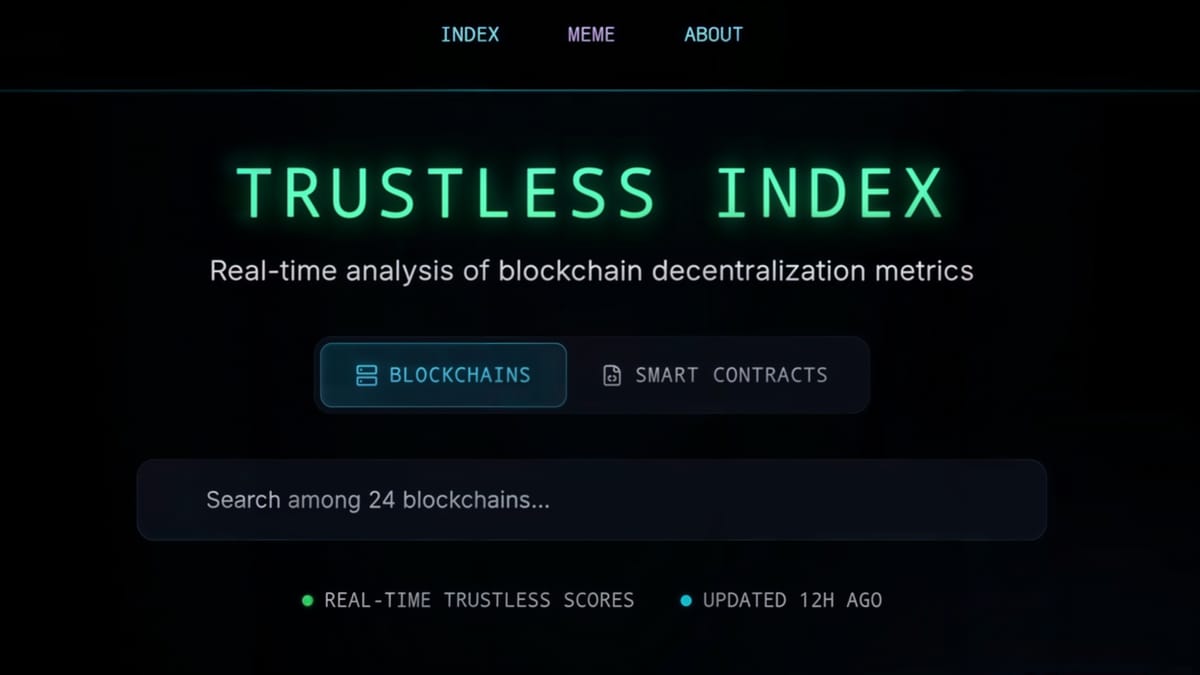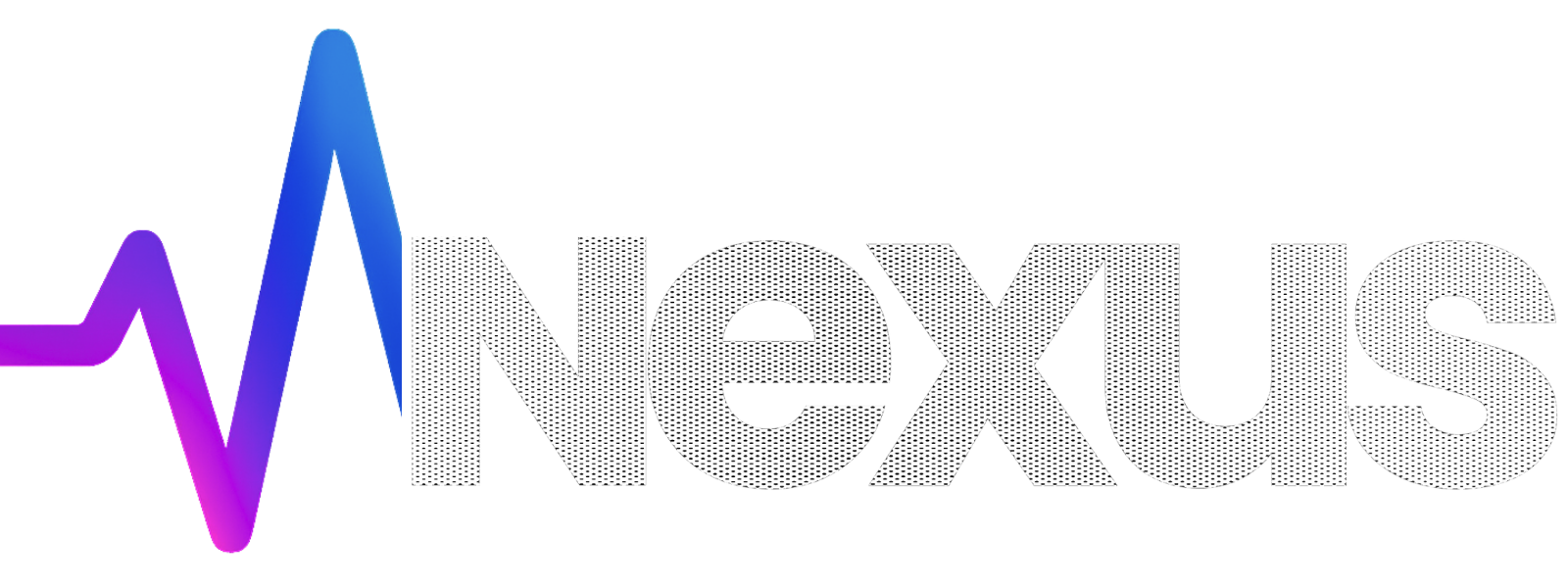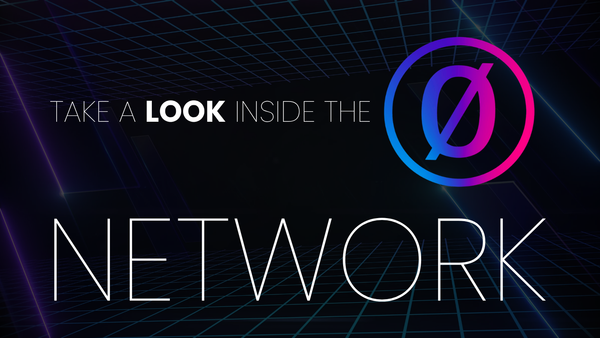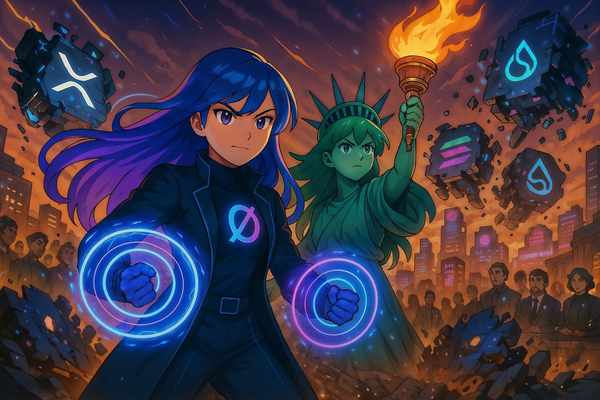The Trustless Index: Why It Matters for the Future of Crypto
Crypto promised freedom, but too quickly we slipped into flashy VC chains with hidden levers of control. The Trustless Index shows who still carries the mission forward, and who has already sold out.

Crypto was born to end trust — to remove middlemen, eliminate gatekeepers, and let code run free. Bitcoin’s white paper set out that mission: peer-to-peer digital cash. But it never became that. Developers argued, forks appeared, and the vision fractured into Bitcoin Cash, Litecoin, and others. The point is simple: what Bitcoin was built to do, it isn’t doing.
And before the dust even settled, the industry lurched forward into something else entirely: flashy, VC-backed chains plastered across stadiums. The space never got time to mature. Instead of building on the trustless foundation, it was hijacked by speed, marketing, and control.
These new chains promise progress, but their blockchains are filled with hidden levers: blacklists, clawbacks, freezes, rollbacks, and validator clubs too small to resist collusion. What looks like innovation is actually just a return to the same old system: power in the hands of a few.
The Trustless Index exists to cut through this noise. It measures every major chain against the principles crypto was built on. It shows who is still carrying the mission forward — and who has already sold out.
What the Trustless Index Measures
The Index scores chains on the fundamentals of real decentralization:
-
Decentralization
Who controls the network? Are validators broadly accessible, or locked behind million-dollar gates? Can ordinary people participate, or is it an insider’s game? -
Immutability
Once code is deployed, can it be changed? Are there admin keys or “upgrade functions” that let a small group alter the contract? Can transactions be rolled back or the chain paused at will?
(This is about permanence: code as law vs code as suggestion.) -
Censorship Resistance
Can transactions be blocked from happening in the first place? Are there blacklist functions at the chain or token level? Can addresses be frozen so they can’t send or receive funds?
(This is about whether anyone can stop you from transacting.) -
Security
Are there backdoors, kill switches, or central points of failure in the design? Could a government or regulator pressure one person or company to shut the system down? Is there a single weak link (a CEO, a foundation, a developer team) that compromises the entire network?
(This is about resilience: whether the system can actually survive attack or coercion.) -
Distribution
Was the launch fair, or captured by VCs and insiders? Is token supply heavily concentrated in a few wallets, giving them control over the network? Does the system reflect a broad community, or a top-heavy structure?
Validators: The Hidden Lever of Control
On paper, validators are supposed to secure a chain and represent the will of the network. In reality, many chains have turned validator access into an exclusive club.
In some networks, running a validator costs millions. The result?
- Only a small elite can participate.
- Validators can easily collude, because there are so few of them.
- Voting looks democratic, but in practice it’s controlled by insiders.
And here’s the truth no one tells you:
👉 The speed these chains brag about comes from having so few validators. Consensus is fast when only a handful of players are involved. But it’s speed bought at the expense of decentralization and security.
That trade-off may not feel harmful today, but accepting it normalizes centralized control. And once it’s normalized, those levers will eventually be used against the very users who funded the system.
That’s why validator design is a core part of the Trustless Index scoring. A truly decentralized system must allow broad, fair validator participation. Otherwise “validators” are just another word for middlemen, and “fast transactions” are simply a marketing gloss on centralized control.
The Illusion of Safety
The sales pitch is always the same: “These features keep you safe from scammers.”
But safety is the pretense power always hides behind. Blacklists, clawbacks, and freezes don’t protect freedom — they prepare the ground for financial control. Investors who support these chains today are effectively voting for the architecture of CBDCs tomorrow.
Your investment is your vote. It may not affect you today, but by supporting chains with hidden controls, you are funding the digital cage your children and grandchildren will live in.
The Trustless Index in Action
The Trustless Index isn’t just a scoreboard — it’s a weapon of education. Funded by the Guardians and amplified through the ZERØTRUST Ad Engine, it is delivered directly to users of other chains.
- Ads push people to the Index.
- An intro video breaks through their cognitive dissonance.
- They see, in black and white, what their chain really is — and what they are voting for with their money.
It forces investors to confront the reality: every dollar, every transaction, every stake is a choice between freedom and control.
The Bigger Picture
Quick gains may be tempting. Flashy marketing may look convincing. But real value, real wealth, and real freedom only exist in systems that cannot be stopped, changed, or corrupted.
That was the original promise of crypto: no middlemen, no trust, no levers to pull.
The Trustless Index exists to remind people of that truth — and to show, chain by chain, who still honors it and who has abandoned it.
Conclusion
Crypto stands at a crossroads. If users continue to back chains with backdoors and hidden powers, they will wake up to find they have built the very system they thought they were escaping.
The Trustless Index is a mirror, a teacher, and a warning. It exposes the chains that are laying the groundwork for CBDCs — and it highlights the ones still fighting for true decentralization.
Because in the end, the question isn’t just about crypto.
It’s about freedom itself.
Veritya Thalassa
Subscribe to the PulseChain Nexus
If you found this article valuable, consider subscribing to PulseChain Nexus.
- $120/year brings weekly articles like this directly to your inbox.
- Get exclusive access to the Guardians’ private Telegram, a gated community with zero spam and zero scams.
-👉 Subscribe Now
For any remaining Guardian spots, please contact Veritya directly on X: @i_am_zerotrust.
Stay informed. Stay free.





